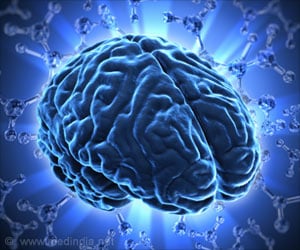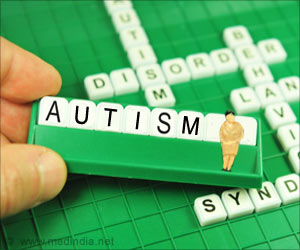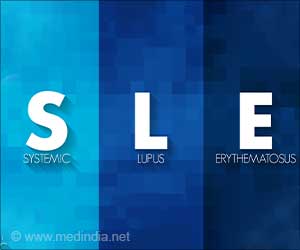Brain-imaging technique that may be able to identify children with autism spectrum disorder in just two minutes was developed.

The new diagnostic test may give a drift from the time consuming unquantifiable process based on clinical judgment.
In a 2006 study by Montague and others, pairs of subjects had their brains scanned using functional magnetic resonance imaging, or MRI, as they played a game requiring them to take turns.
From those images, researchers found that the middle cingulate cortex became more active when it was the subject’s turn.
“A response in that part of the brain is not an emotional response, and we found that intriguing. We realized the middle cingulate cortex is responsible for distinguishing between self and others, and that’s how it was able to keep track of whose turn it was,” said Montague.
That realization led the scientists to investigate how the middle cingulate cortex response differs in individuals at different developmental levels.
“The athletes had the same responses as the game participants from our earlier study. The middle cingulate cortex was active when they imagined themselves dancing – in other words, when they needed to recognize themselves in the action,” Montague said.
In 2012, the scientists designed another study to see whether they could elicit a brain response to help them compute the unquantifiable. By presenting self-images while scanning the brains of adults, they elicited the self-perspective response they had previously observed in social interaction games.
In the current study, with children, subjects were shown 15 images of themselves and 15 images of a child matched for age and gender for four seconds per image in a random order.
Like the control adults, the control children had a high response in the middle cingulate cortex when viewing their own pictures. In contrast, children with autism spectrum disorder had a significantly diminished response.
Montague and his group realized they had developed a single-stimulus functional MRI diagnostic technique. The single-stimulus part is important, Montague points out, as it enables speed. Children with autism spectrum disorder cannot stay in the scanner for long, so the test must be quick.
“We went from a slow, average depiction of brain activity in a cognitive challenge to a quick test that is significantly easier for children to do than spend hours under observation,” Montague said.
The single-stimulus functional MRI could also open the door to developing MRI-based applications for screening of other cognitive disorders.
Source-Medindia
 MEDINDIA
MEDINDIA




 Email
Email









